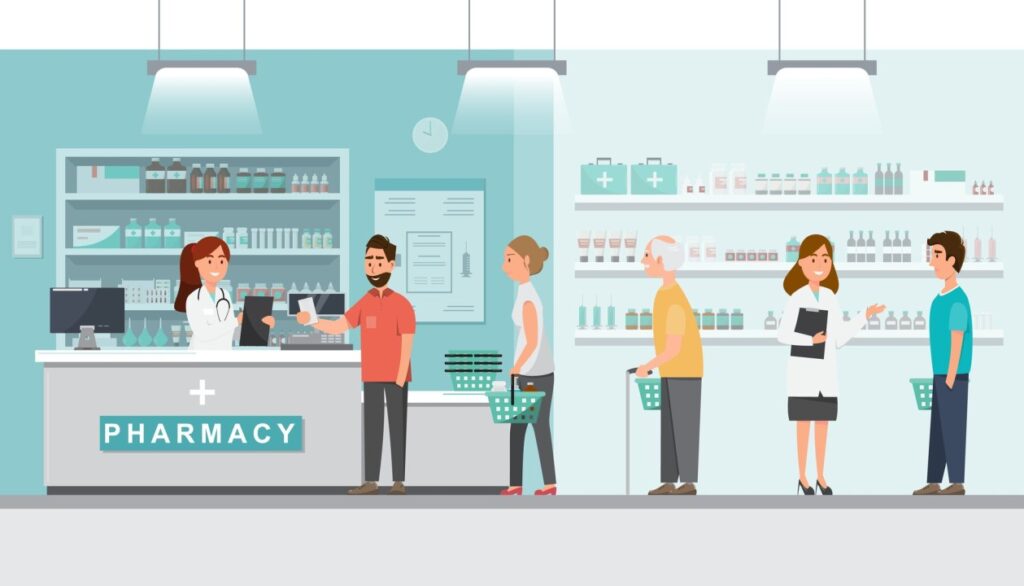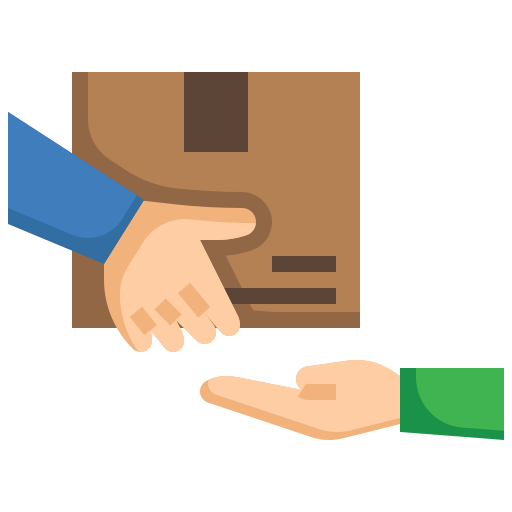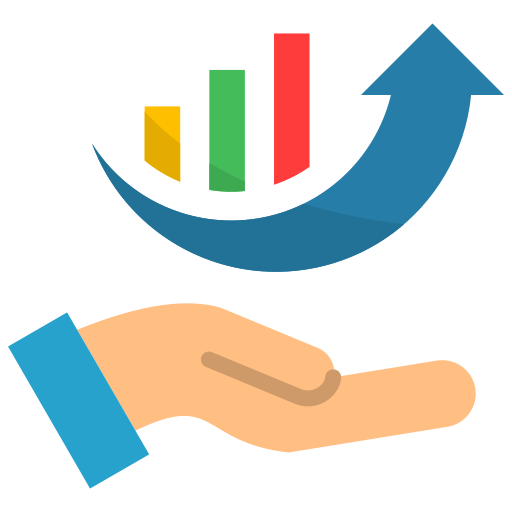// Pharmacy Management Software
Proyas Pharma is a comprehensive pharmacy management software designed to revolutionize the way pharmacies operate. With advanced features such as inventory management, prescription tracking, customer profiles, and seamless integration with electronic health records (EHR), Proyas Pharma empowers pharmacists to enhance efficiency, accuracy, and customer satisfaction. Say goodbye to paperwork hassles and hello to a smarter, more organized pharmacy with Proyas Pharma.

Application Features
Comprehensive Features of Our Hospital Management Software

Add Customers

Medicine

Suppliers

Receiving

Sales

Employees

Store Configuration

Unlimited User

REPORT
- Sales Report: You will get a day, month & year wise sales report with stock, vat and profit information.
- Categories Report: You can check how many products are in your stock category-wise.
- Customers Report: You can check which customers take how much product with price by date wise.
- Pharmaceuticals company Report: You can see the Pharmaceuticals company list & their medicine here.
- Items Report: You can see the stock report and sales report here date-wise.
- Employees Report: You can check which employees sell how much & deal with which customers.
- Taxes Report: You can see all tax reports here.
- Discounts Report: You can see how much discount you provide to your clients and the full summary report.
- Payments Report: You can see all payment details date-wise.
Efficient Pharmacy Management Software for Seamless Operations
Proyas IT brings you the best Pharmacy Management Software in Bangladesh, designed to streamline daily operations, ensure accuracy in inventory management, and enhance customer satisfaction. From automated billing and prescription management to real-time inventory tracking and compliance with industry regulations, this software is essential for modern pharmacies. Manage sales, purchases, and customer records efficiently to minimize errors and boost profitability.


